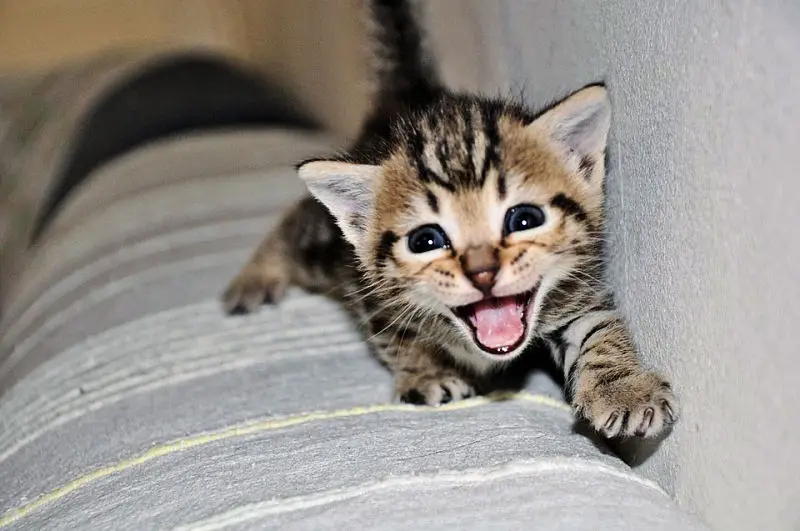

Cats often purr when their owners are petting or grooming them as a way to express affection. However, there are many different reasons why cats purr.Ĭats do purr when they are feeling relaxed or happy. This is a noise that is often associated with joy, relaxation, and contentment. PurrĪ cat’s purr is a low, rumbling noise that sounds slightly like a motor. Over time, you’ll likely be able to figure out exactly what your cat is asking for, whether it’s food, water, or attention.

A short meow is often used as a greeting, while ongoing meows typically mean that your cat is excited or that they want something! Generally, a meow means that your cat is asking for something. There are many different types of meows that you’ll hear from your cat. However, domestic cats will continue meowing throughout their lives as a way of communicating with their owners. Cats living in the wild will stop meowing as they get older. Cats start meowing when they are very young, as a way to communicate with their mothers. Meows are the sound you’ll likely hear the most from your cat. Here are 10 of the most common noises cats make and what they mean. Understanding the different types of noises cats make can help you better understand how your cat feels and what they want. Some breeds are noisier than others – for example, Siamese cats are notoriously vocal, while Persians and Russian Blues are often much quieter. They use these noises to communicate, both with humans and other animals around them. This article was previously published on and is republished with permission.When your cat wakes you up or interrupts a work session with a meow, you may be wondering what they’re trying to say!Ĭats are very expressive and make a huge range of noises, from purrs to growls to meows. Once you get to know your cat, you will most likely gain a thorough understanding of her unique communication style. While all cats share basic vocal expressions, they can also be individualized. Rarely does screaming indicate pain, as cats tend to not vocalize when they’re in pain. These vocalizations are usually the final warning before a fight begins, and can also be heard during a fight. Yowling, wailing or screaming are usually precursors to aggression. Hissing is sometimes preceded by a growl, and is considered an escalation over the growl. HissingĬats hiss when they’re angry or scared. Cats will growl at each other or at humans as a warning to back off.

The origin of this noise is not clear, and may communicate either excitement or frustration. ChatteringĬats make a chattering noise when they’re watching birds or squirrels outside a window. ChirpingĬats use a chirping sound, similar to a “brrp,” which falls somewhere between a meow and a purr, to greet each other and humans. It appears that with the purr, nature has provided cats with a built-in self-healing mechanism. Researchers found that the frequency of a cat’s purr occurs at the same frequencies that aid in bone growth and fracture healing, wound healing and pain relief. In these situations, purring appears to function as a self-soothing mechanism. Cats also purr when frightened or injured. PurringĮven though cats do purr when they’re content, purring can also be a sign of stress. It can mean “pet me,” “feed me,” or just “pay attention to me.” Most cat guardians eventually learn to distinguish the meaning of the various “meow” sounds their cats make. “Meow” is also used to communicate with people. The soft “mew” sound is used by kittens to alert the mother that they need attention. Kittens meow more frequently than adult cats. The “meow” sound is usually used as an alert sound. Cats have a wide range of vocal expressions, and “meow” is only one of them. One of the primary ways cats communicate is through body language, but they also express themselves vocally.


 0 kommentar(er)
0 kommentar(er)
